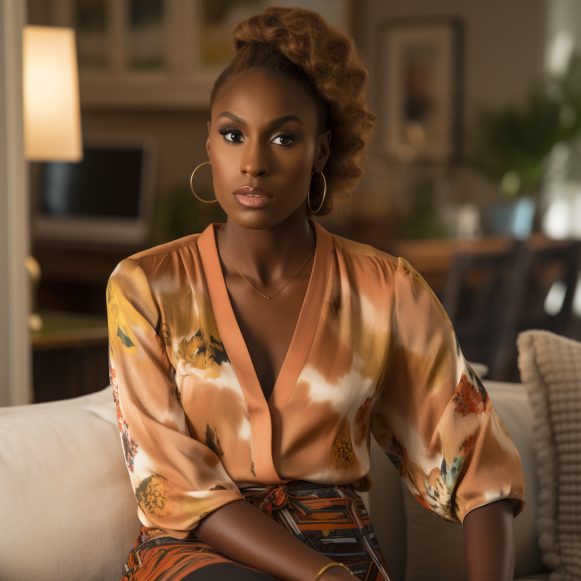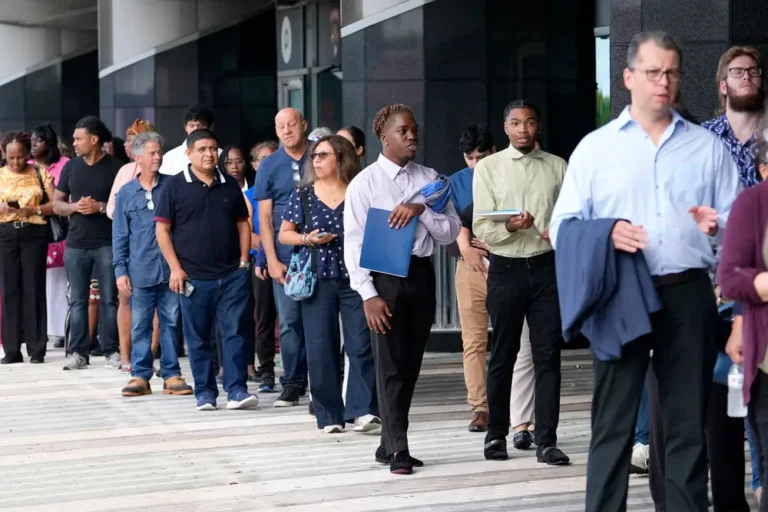Netflix pioneered the industry model of 100% ownership, and Hollywood followed, but now buyers like Amazon and Warner Bros. Discovery are backing away from it

- Hollywood streamers’ walled gardens are starting to open up again.
- Netflix popularized the model of owning shows outright, but now streamers are reconsidering licensing.
- Producers hope the shift will restore backend payments to creators.
As they built up their streaming services by creating so-called walled gardens of exclusive content, Netflix paved the way for entertainment companies to seek full ownership of films and series.
But, according to industry sources, those barriers are starting to fall at competitors such as Amazon, Apple, and Warner Bros. Discovery, and even Netflix is showing some flexibility.
In recent years, producers and creators have increasingly signed away ownership and the possibility of future revenue streams (referred to as “backend payments” in the industry) in exchange for larger up-front payments. Under Netflix’s cost-plus model, the streamer paid more for shows up front than legacy TV platforms had previously.
However, as part of those lucrative agreements, Netflix retained future licensing rights, depriving producers of windowing opportunities — such as syndication or foreign distribution rights — that could fund future projects.
This funding model also fueled the imbalance that resulted in the twin Hollywood strikes, with creators and producers fearful of losing future revenue streams. It’s one of the reasons why some industry insiders and observers blame Netflix more than other major entertainment companies for the strikes.
With Hollywood entering a new phase of cost-cutting, the entertainment behemoths are easing up on exclusive content ownership.
The walled gardens of the conglomerates have already begun to crumble in more visible ways. WBD has begun licensing originals such as HBO’s “Insecure” to Netflix. Disney CEO Bob Iger has stated that he would be willing to license some titles to third parties.
About the trend, Insider spoke with seven producers, agents, and dealmakers. Many people are excited about the change, which they hope will allow content creators to more fully monetize their shows by selling them in different geographic markets and windows. Some see it as especially beneficial to producers with a track record of selling shows overseas, as well as broadcasters who simply want to license a show in their home market.
“It’s going from being all controlled by these giant platforms to being neutral again,” a top agent explained, adding that they were working on some deals that would allow them to share ownership rights.
Sean Furst, a producer, recently licensed a show, “Classified,” to Amazon’s Freevee in the United States and another major streamer in another country, a deal he said broke with the streamers’ previous practice of owning shows outright.
“Most people are saying they want to explore any and all models,” Furst said. “Returning to a more traditional windowing model allows studios and creators to pursue a model that allows for greater flexibility in funding and monetizing a show, and it reintroduces the concept of backend and profit participation to people putting sweat into making the shows.”
According to a separate producer, some of the streamers were willing to pick up some shows for the US market after they had already been broadcast elsewhere, which would have been unthinkable a few years ago.
“It appears that sharing between linear local broadcasters and streamers is a thing,” said this producer. “There’s also been talk about ‘We won’t put in cost-plus, but we’ll put in 70% of the financing.'” Those conversations used to be all or nothing a few years ago.”
However, the excitement for the shift away from distributors seeking 100% ownership is tempered by the knowledge that after spending a fortune on content to catch up with deep-pocketed tech giants like Netflix and Amazon, entertainment companies like Disney and Warner Bros. Discovery aren’t spending as much as they used to.
The popular co-financing model requires independent producers to contribute to the upfront costs, which not all can afford in these difficult economic times.
A production company executive recently concluded a round of meetings with all of the major streamers, all of whom expressed interest in splitting ownership rights. However, the executive stated that the streamers are also attempting to drive down the costs of TV series by up to 75%, even for shows with top stars attached.
With the spending pot shrinking (and the strikes continuing), some sources are skeptical that the return to windowing will result in a massive windfall for writers and actors.
“It’s a lot of bad news for dollars going into production spending,” said the executive of a production company. “I don’t know how the world of entertainment can compete with the money that tech operates on.”






